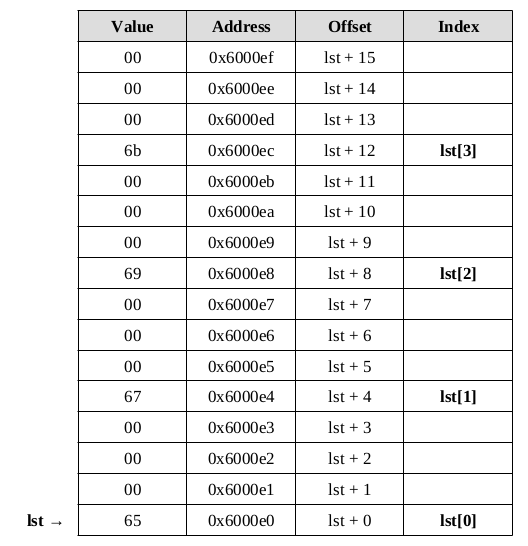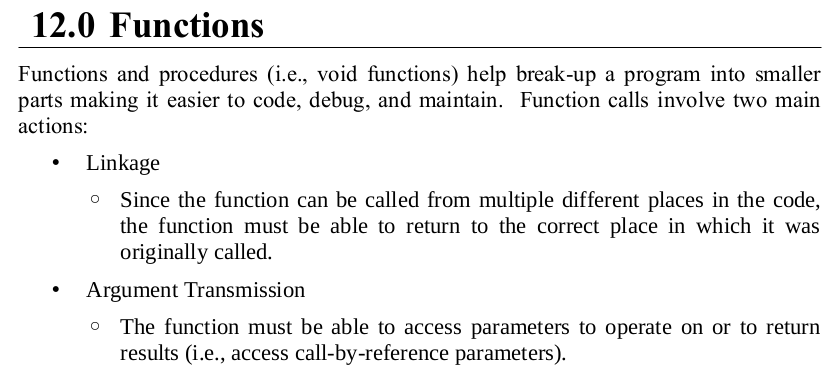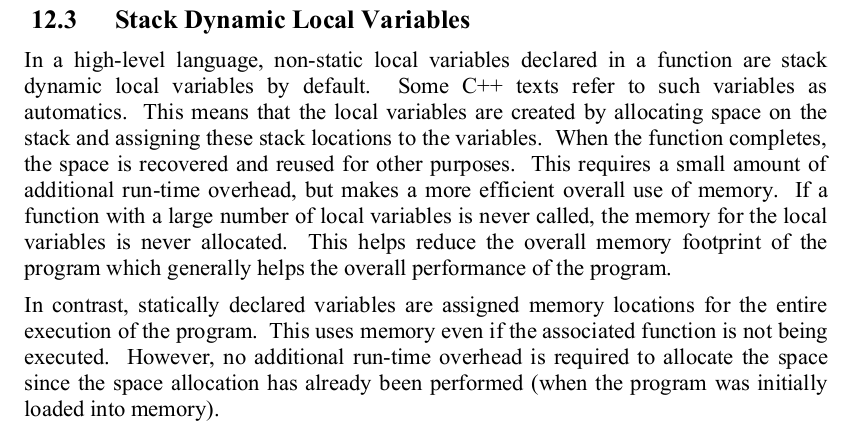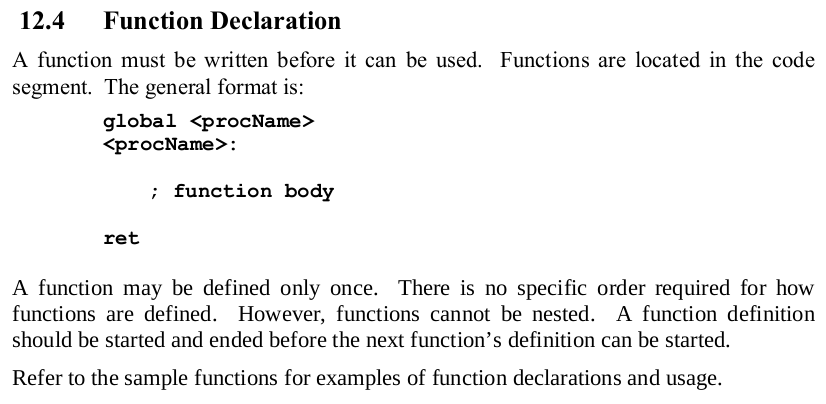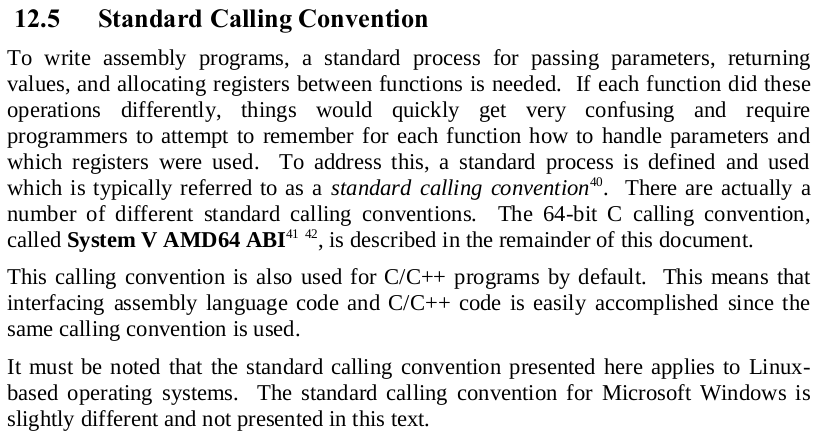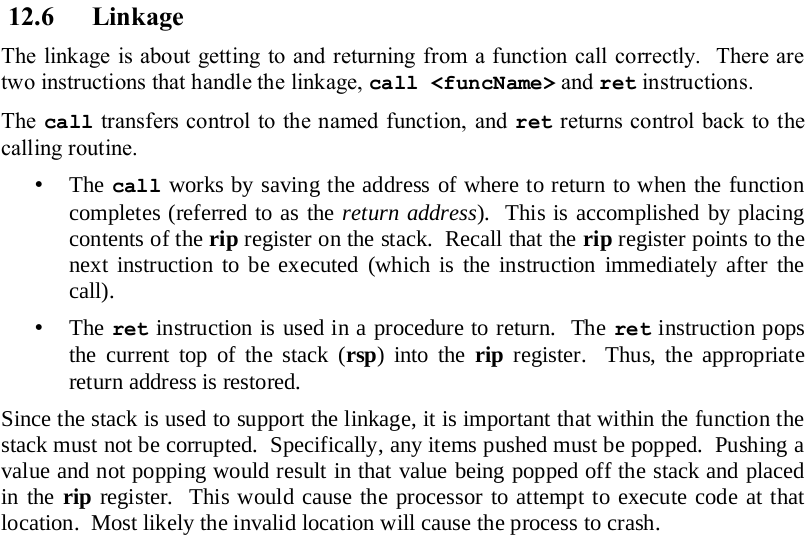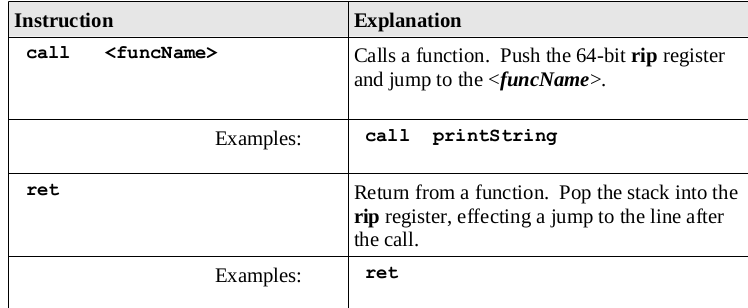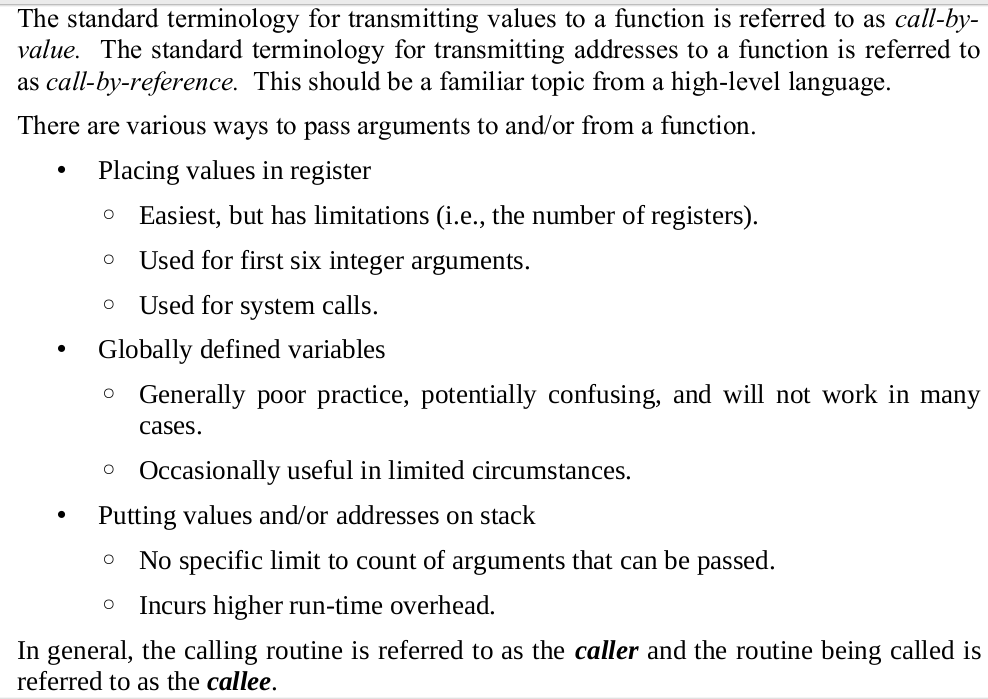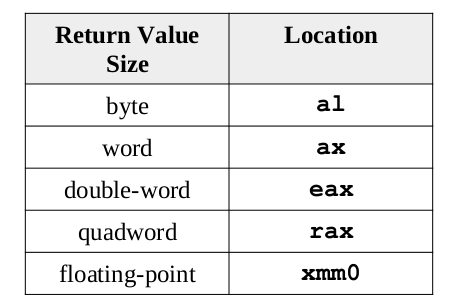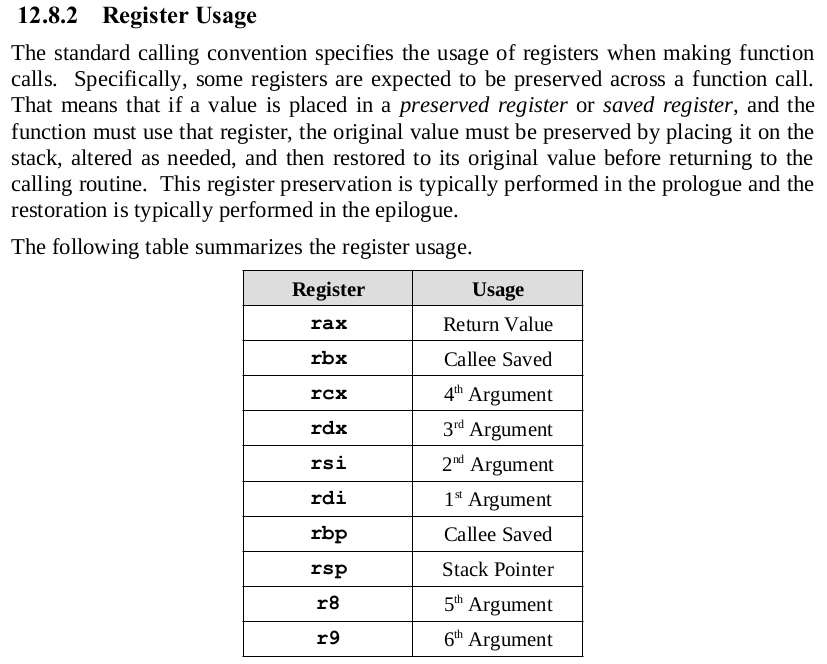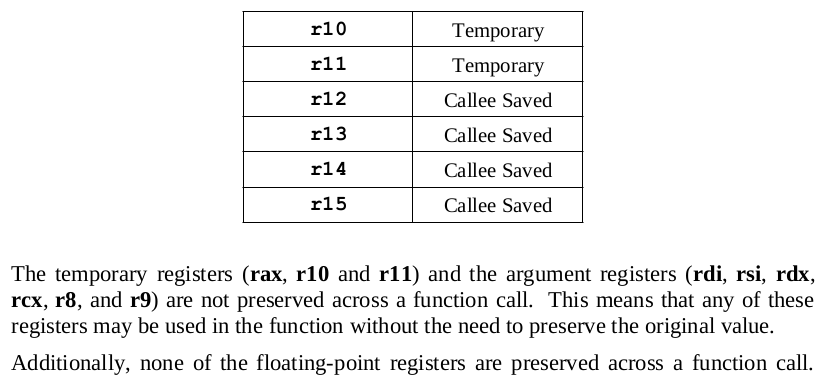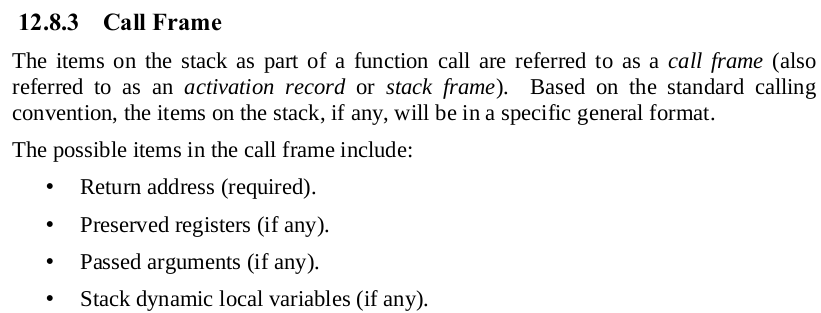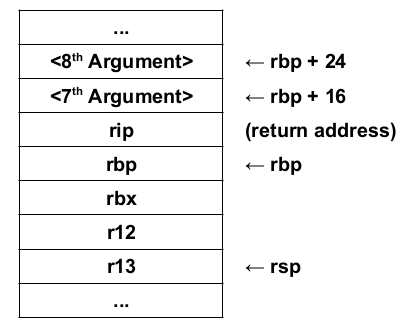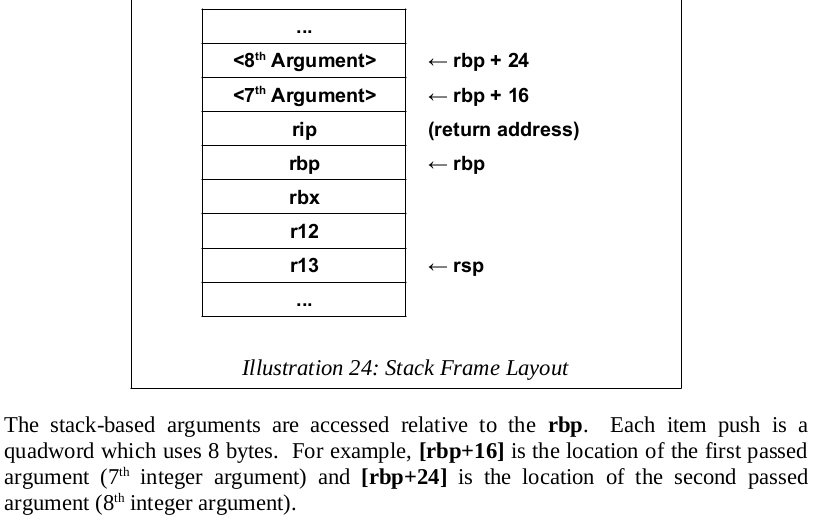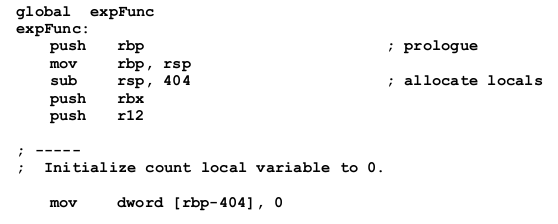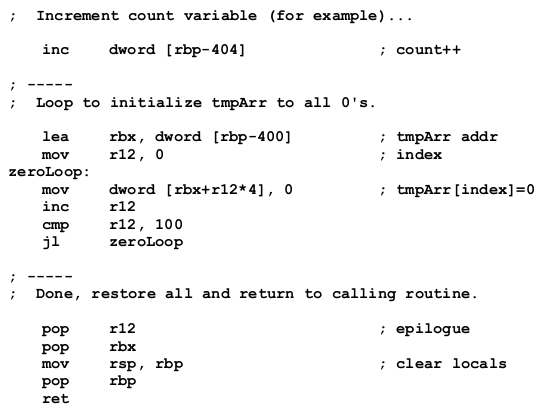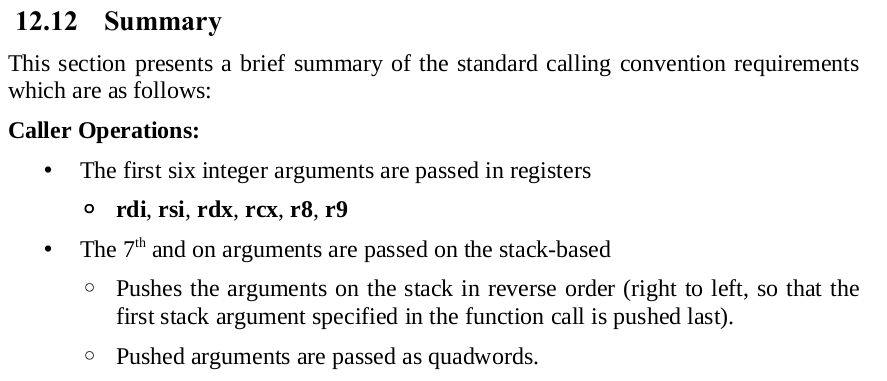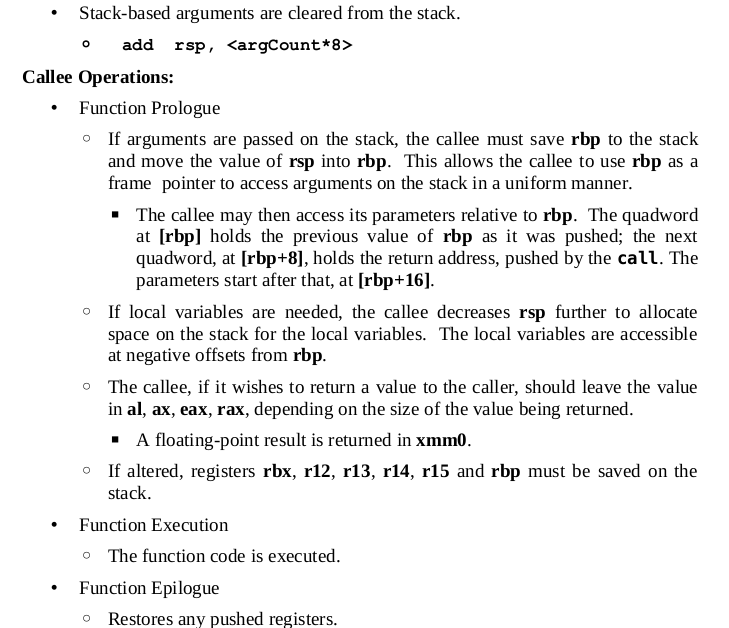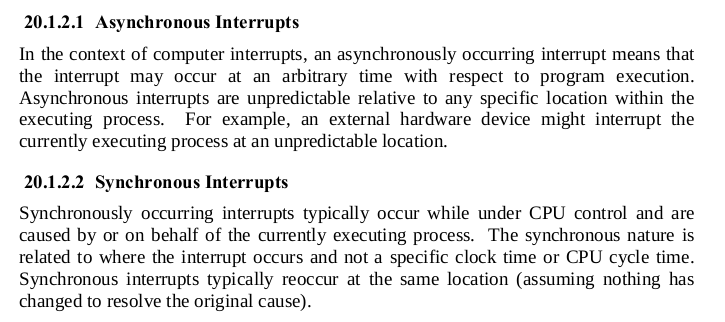source (input)
drain (output)
gate (signal)
send a small positive charge to gate,
then there is current from source to drain,
and the drain pin output = 1 ,
otherwise send a small negative charge, then = 0

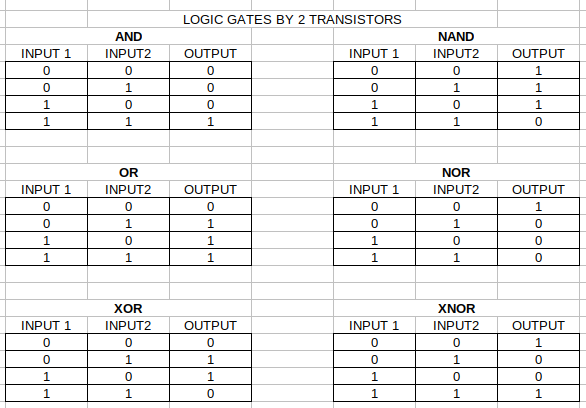
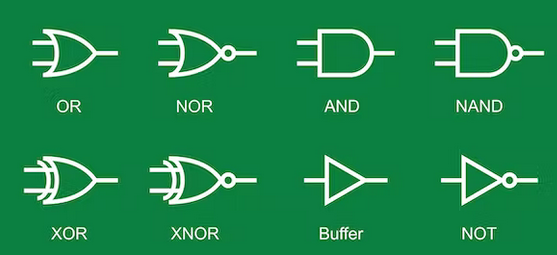
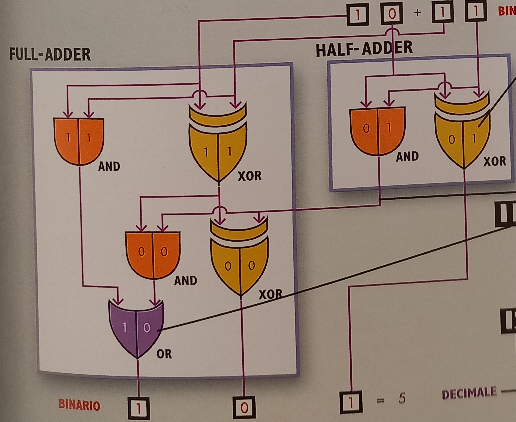
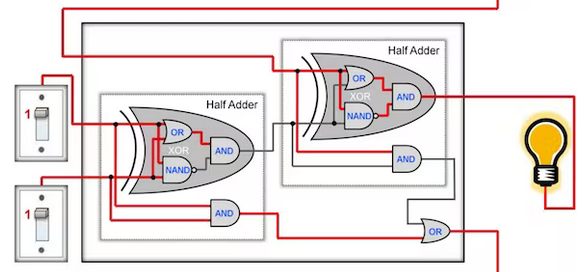
ISA instruction set architecture
instructions, data type, registers
hardware support for managing in machine language
APU AMD = accelerated processing unit = CPU+GPU(graphic p.u.) both in one DIE
Hex digit = Nibble
0x0 = 0000
0x1 = 0001
0x2 = 0010
0x3 = 0011
0x4 = 0100
0x5 = 0101
0x6 = 0110
0x7 = 0111
0x8 = 1000
0x9 = 1001
0xa = 1010
0xb = 1011
0xc = 1100
0xd = 1101
0xe = 1110
0xf = 1111
1 = 00000001 = 0x01
-1 = 11111110+1 = 11111111 = 0xFF
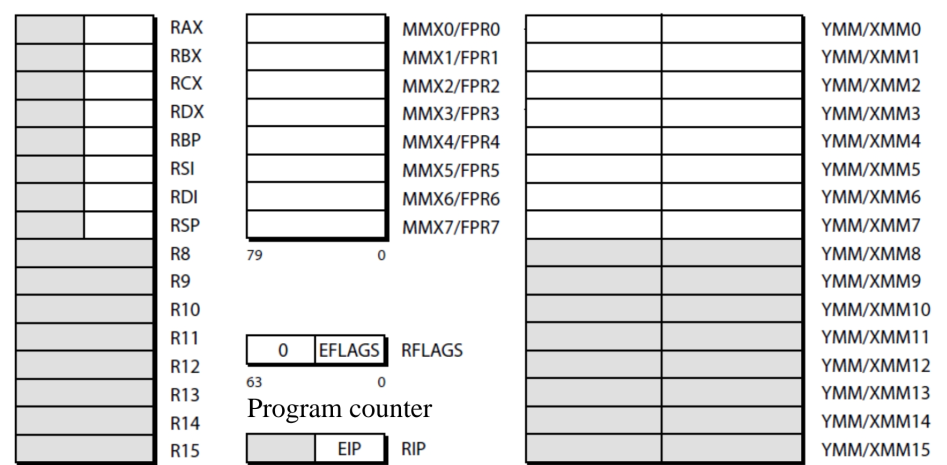

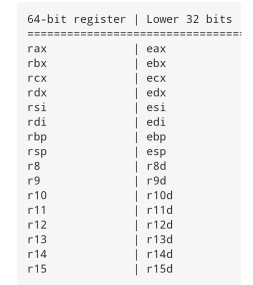
Segment registers (16 bit not available with 8 bit)
CS Code S
DS Data S
SS Stack S
ES Extra S
FS
GS
MMX 8 registers 64 bit
XMMn 16 registers 128 bit
YMMn 16 registers 256 bit
yasm -g dwarf2 -f elf64 prog.asm -l progr.lst
ld -g -o prg prog.o
./
ddd prg
the option -c is used to create an object file
example:
gcc -Wall -c prog.c // creates prog.o

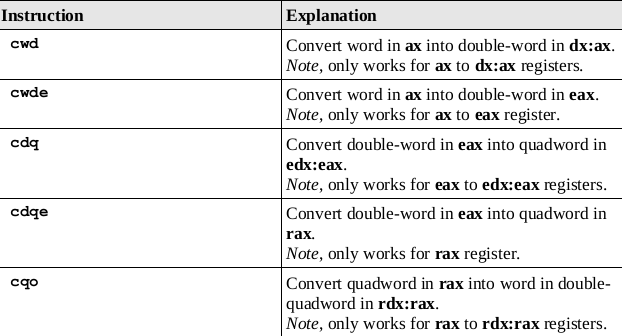
BUFFERING


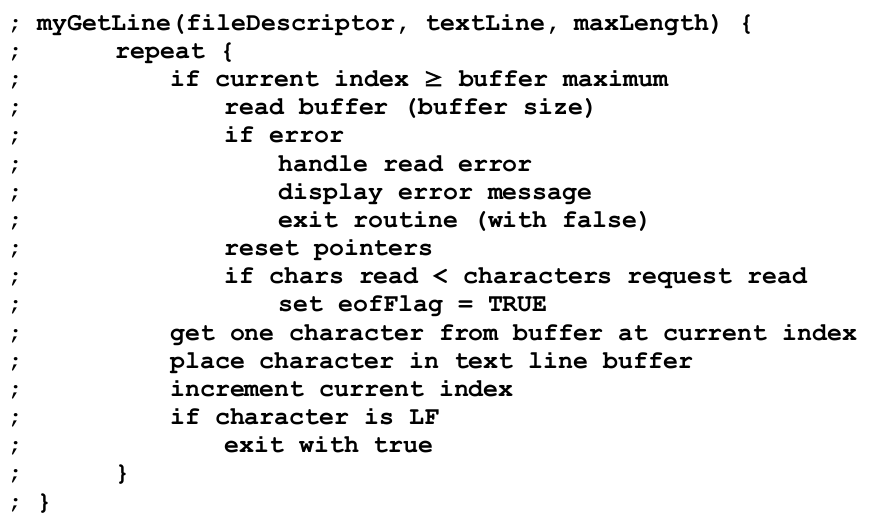
NO SYS_exit = Segmentatio fault , Core Dump
Operand must be a register
Data must be moved into a CPU register from RAM in order to be operated upon. Once the calculations are completed, the result may be copied from the register and placed into a variable
mov dest, src
The source operand is copied from the source operand into the destination operand. The value of the source operand is unchanged. The destination and source operand must be of the same size (both bytes, both words, etc.).
The destination operand cannot be an immediate.
Both operands cannot be memory. If a memory to memory operation is required, two instructions must be used
mov eax, dword [var0]
mov dword [var1], eax
for double-word destination and source operand, the upper-order portion of the quadword register is set to 0.
The only way to access memory is with the brackets [].
Omitting the brackets will not access memory and instead obtain the address of the item. For example:
mov rax, qword [var1] ; value of var1 in rax
mov rax, var1 ; address of var1 in rax



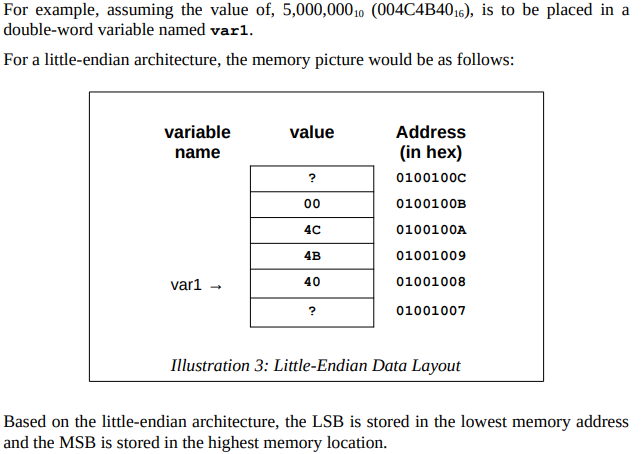
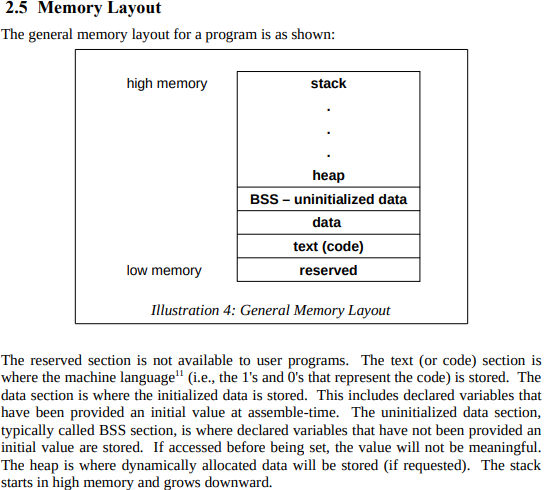



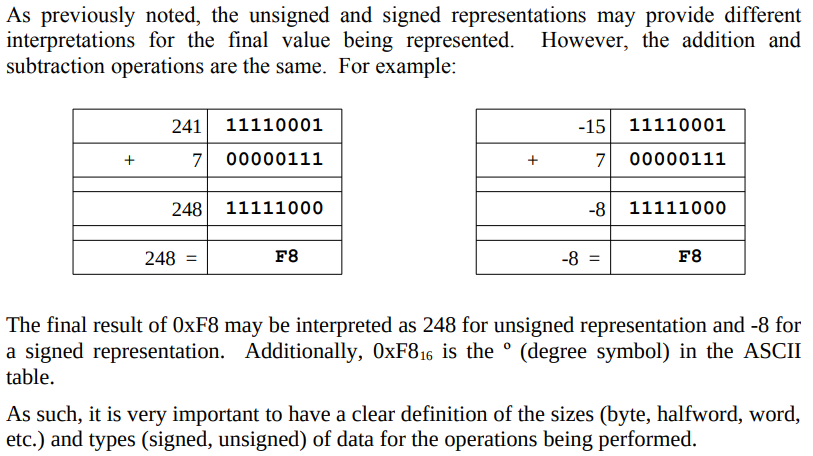
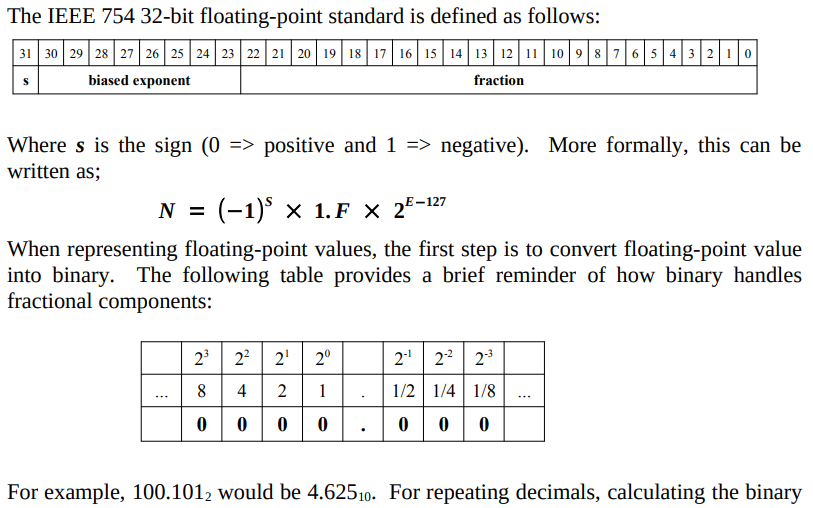


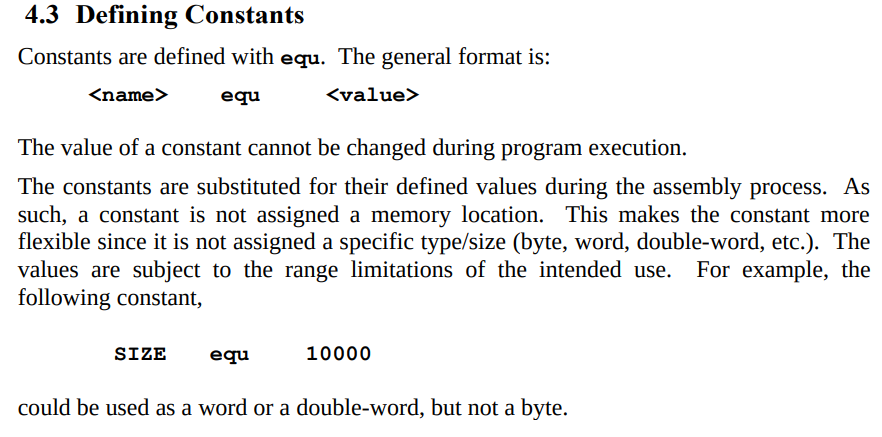
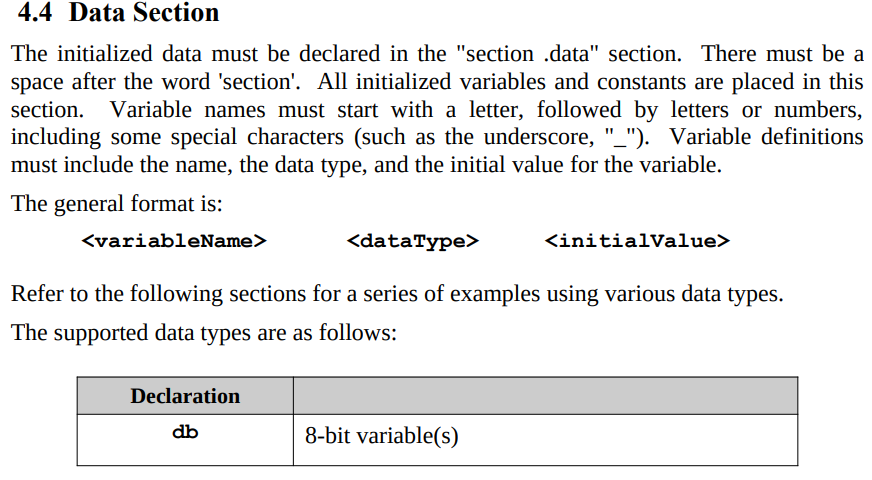
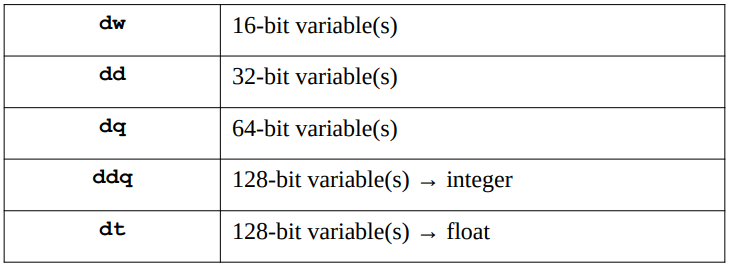


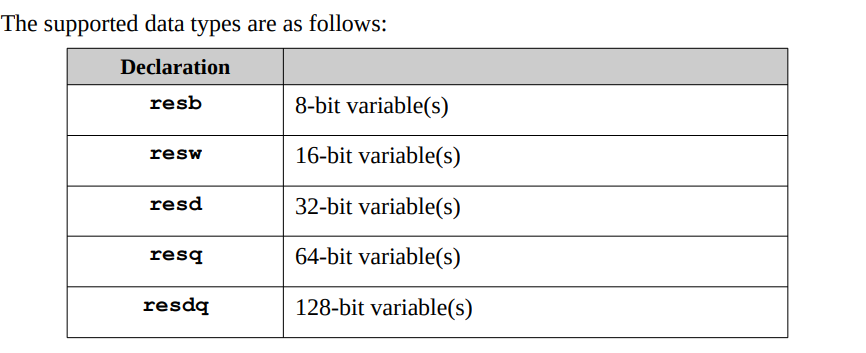


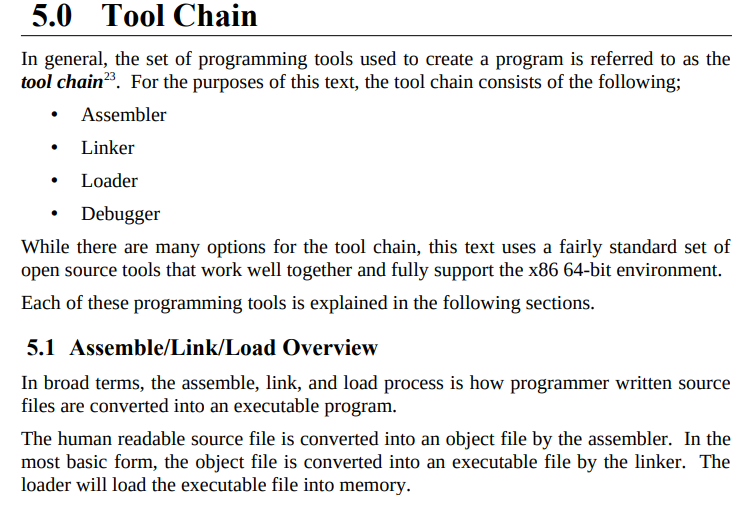

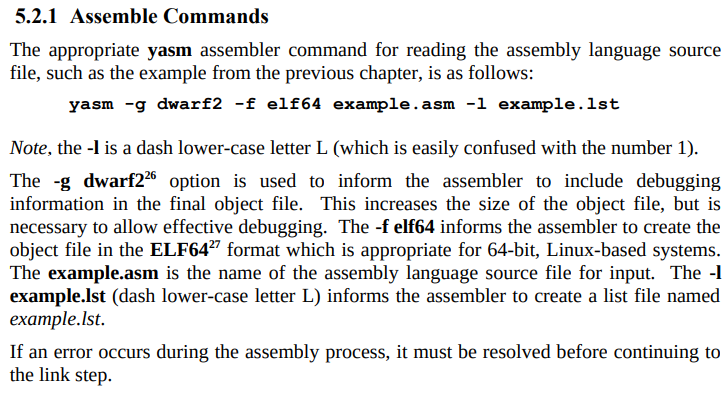

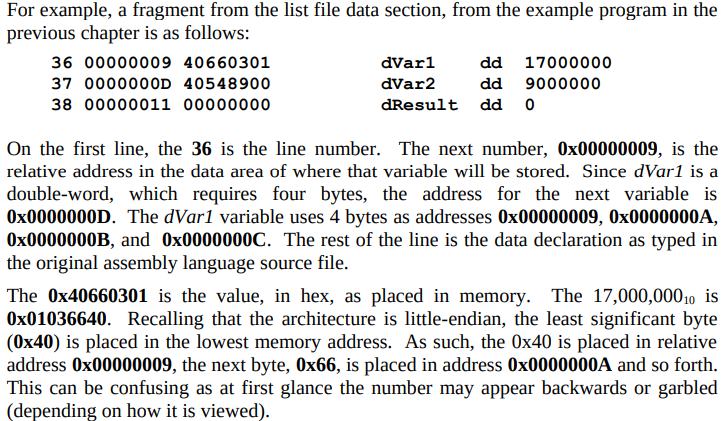
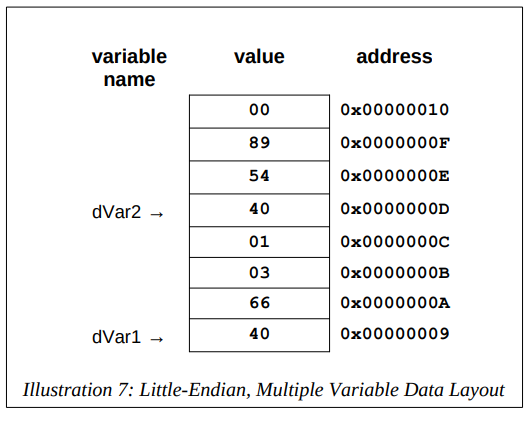
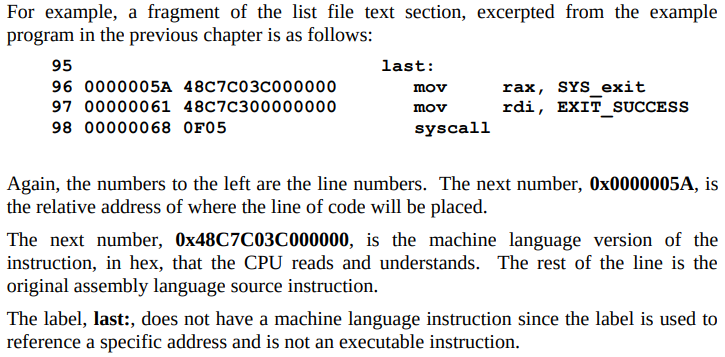
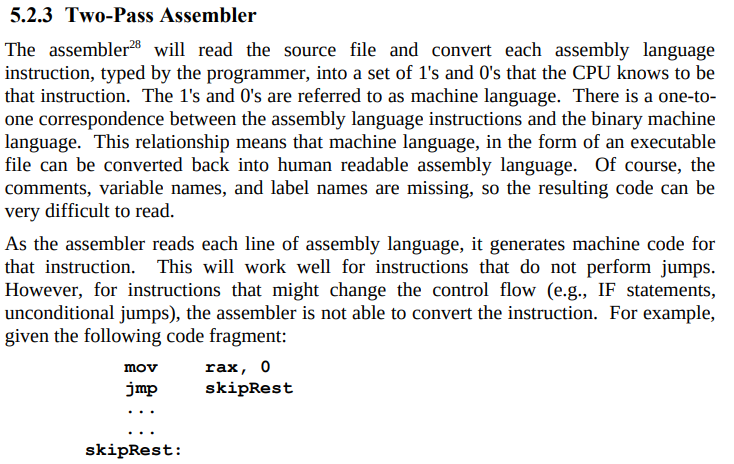
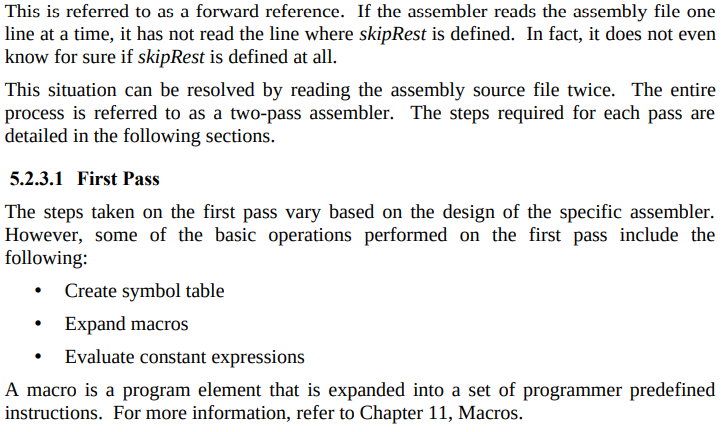
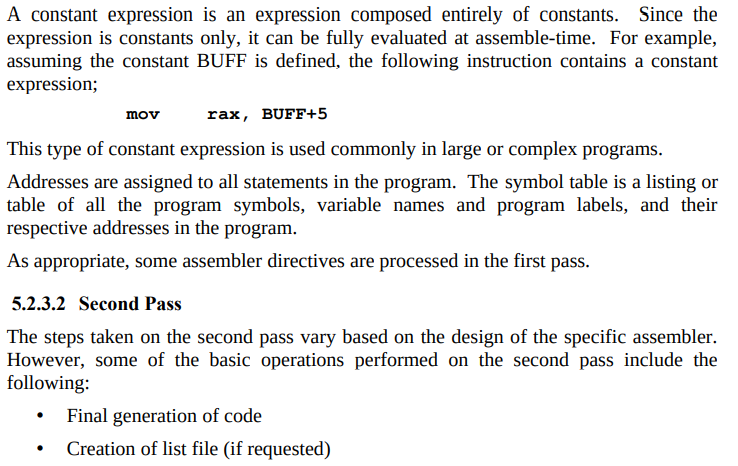
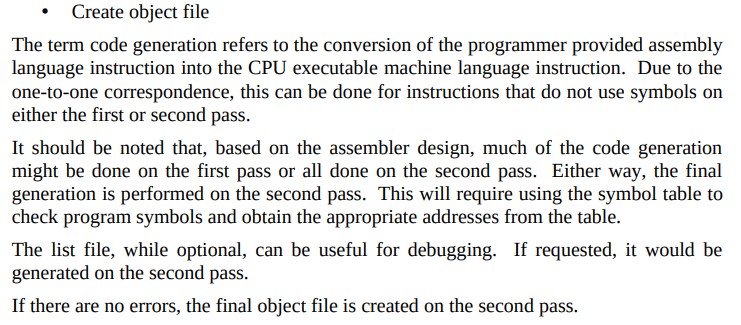
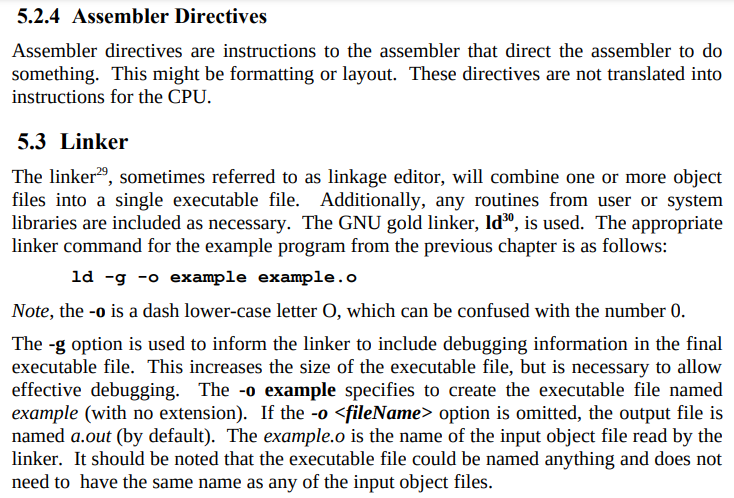
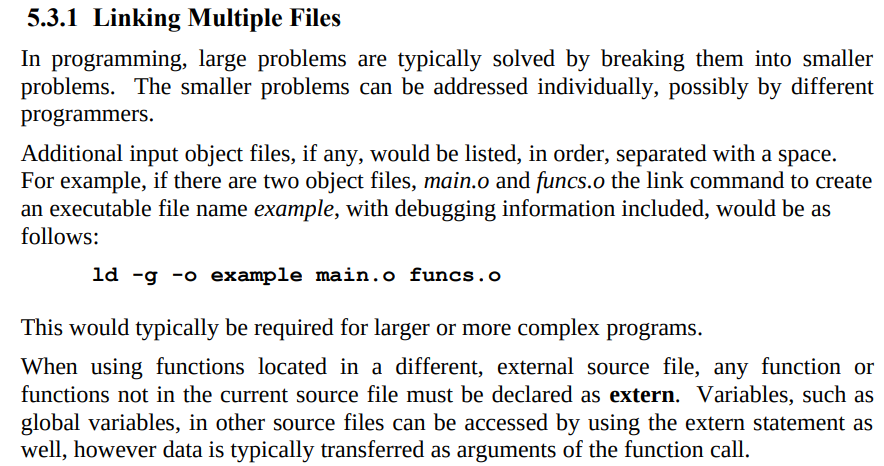
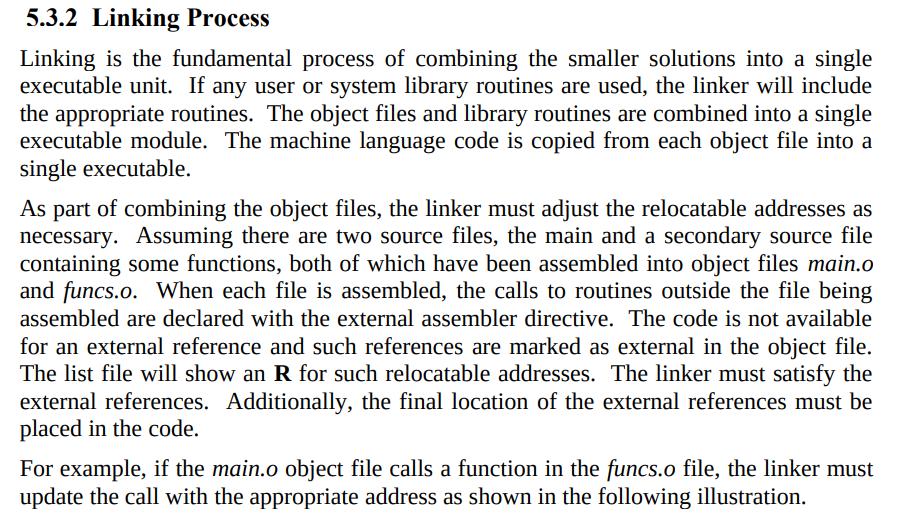
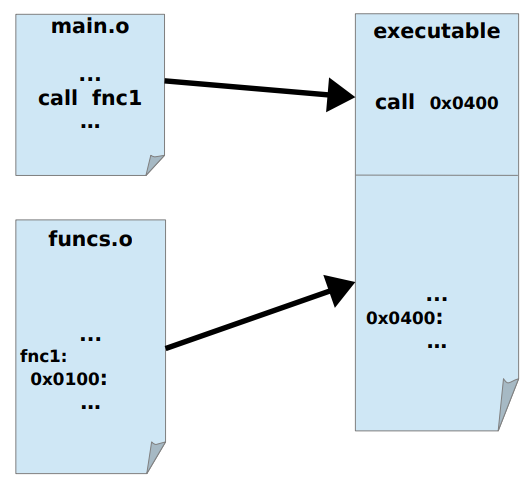
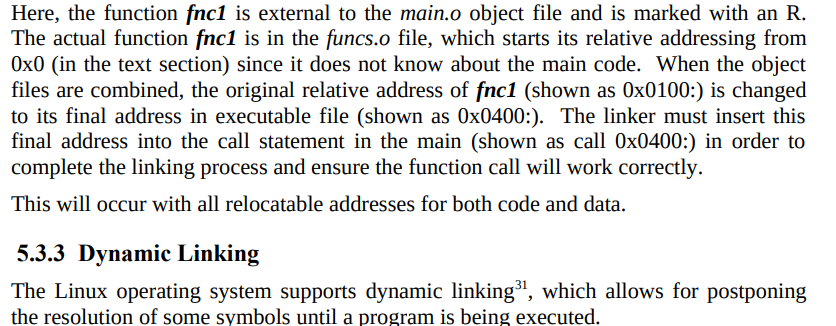
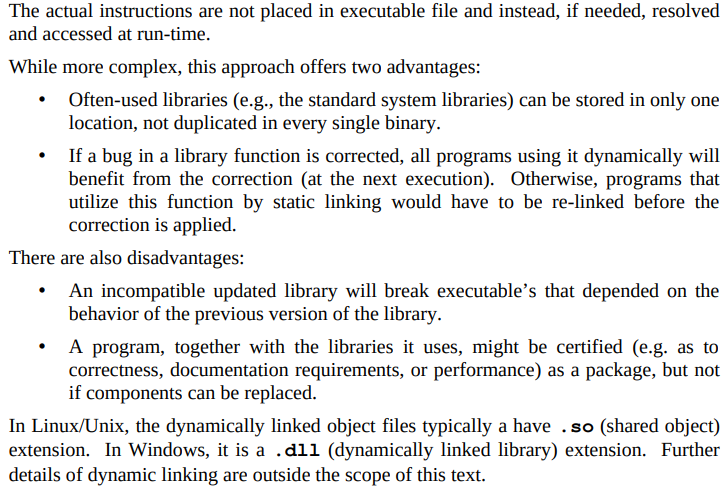
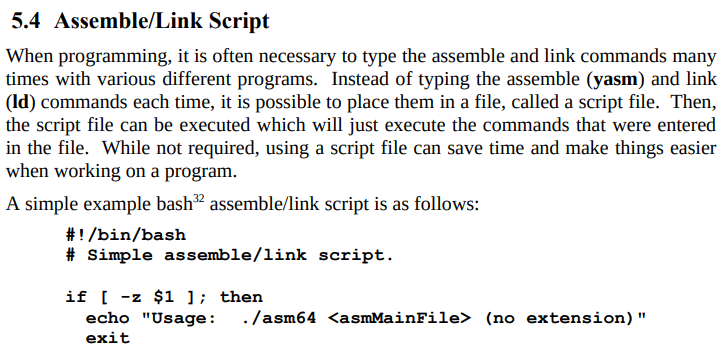
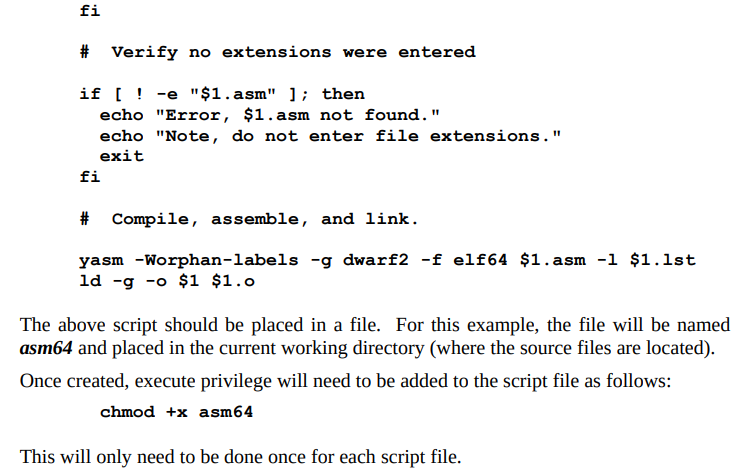

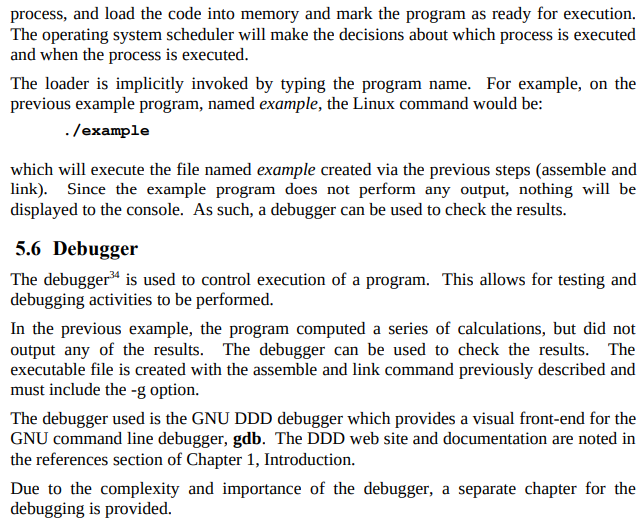
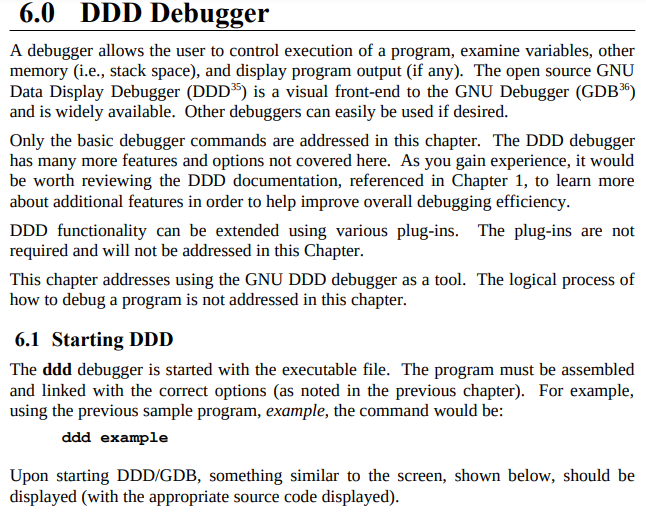
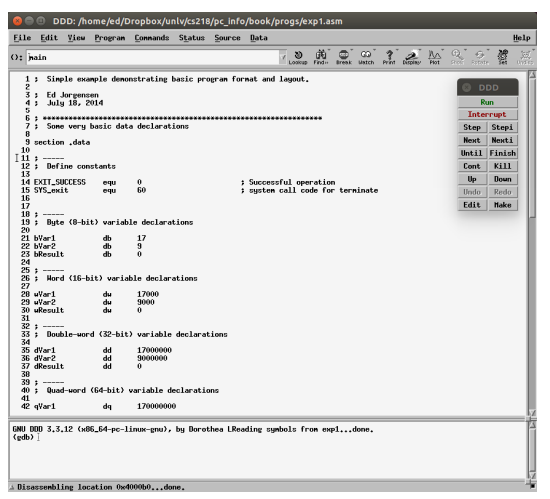
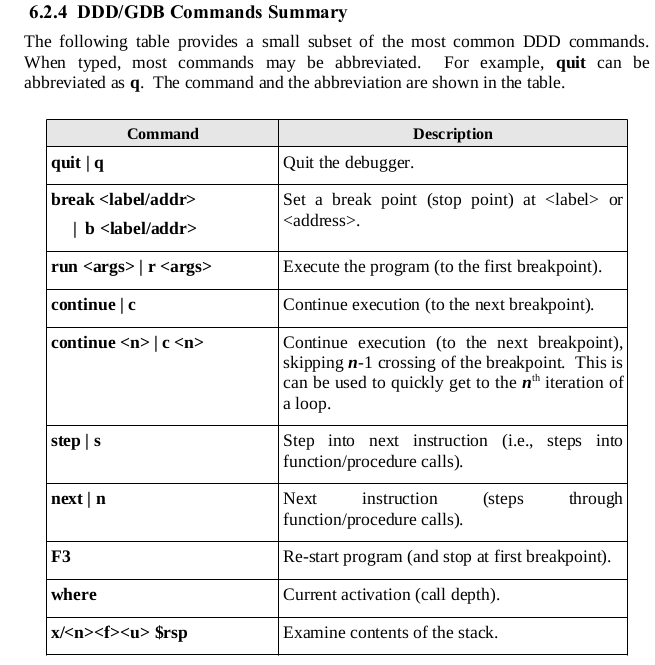
MUL
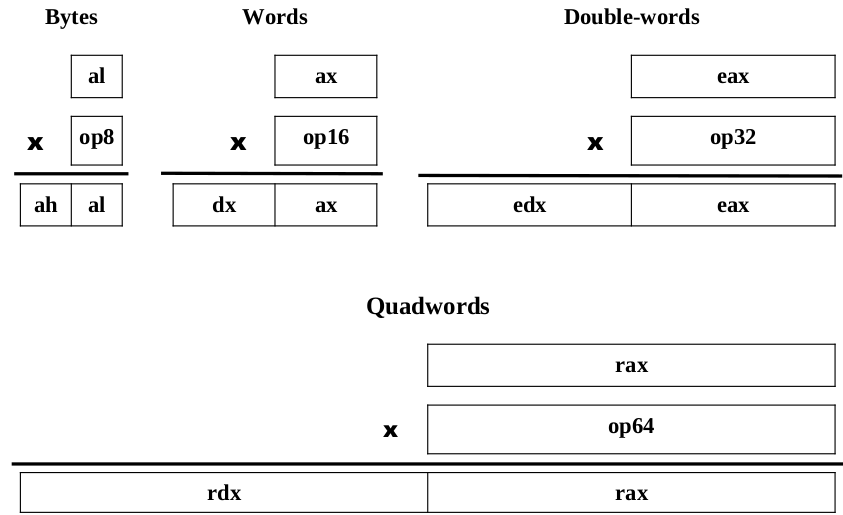
Since the 64-bit architecture only has 64-bit registers, the 128-bit result is, and must be, placed in two different quadword (64-bit) registers,
rdx for the upper-order result and rax for the lower-order result,
which is typically written as rdx:rax (by convention).
DIV
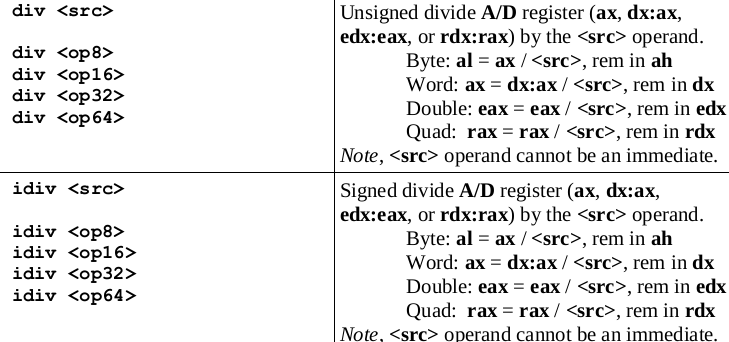
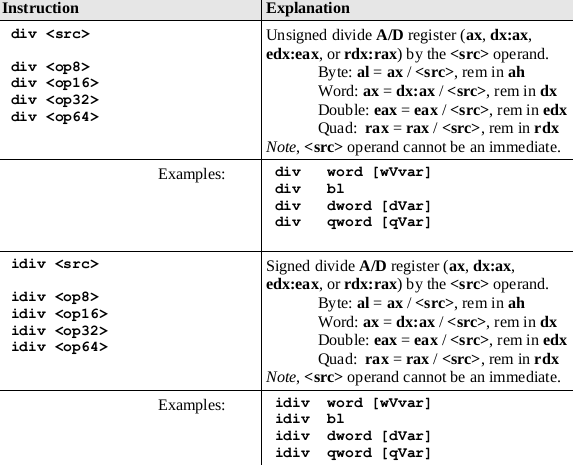

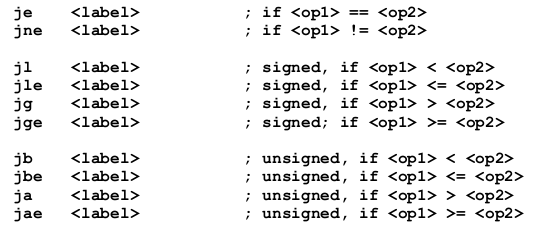
ADDRESSING

